April 18 was identified as the World Heritage Day in the year 1982 by International Council for Monuments and Sites (ICOMOS). It was suggested that a special day should be marked and celebrated all through the world in the name of "International Day for Monuments and Sites". In 1983, UNESCO's General Conference also approved the idea and since then, April 18 is marked as the World Heritage Day.
What is a World Heritage Site?
A World Heritage Site is classified as a natural or man-made area or a structure that is of international importance, and space which requires special protection. These sites are of utmost importance because of the historical, cultural and geographical threads that are associated with them. The United Nations Educational Scientific and Cultural Organisation (UNESCO) believes that the sites are extremely valuable for humanity and should be taken care of, in the best ways possible.
There are 1,052 Heritage Sites in the world, of which 814 are cultural, 203 are natural and 35 are mixed.
Why World Heritage Day is important?
This special day offers an opportunity to raise the public awareness about the diversity of cultural heritage and the efforts that are required to protect and conserve it, as well as draw attention to its vulnerability. Each year, there’s a different theme that's selected to mark this day - this year it’s sustainable tourism. It’s been chosen to align with the UN’s International Year of Sustainable Tourism for Development.
It is celebrated with an aim to educate people about protection, preservation and propagation of world heritage sites as these are invaluable assets for humankind. Whether it’s the Great Wall of China that can be seen from the moon, or the Taj Mahal that was built as a symbol of love, or the ruins of Machu Picchu holding the glorious history of the Incas or the Great Barrier Reef holding the treasures of the underwater world - each one of them have something special to offer.
It’s not a task of one, but we all need to come together for preserving these sites so that our future generations can also enjoy the beauty and grandeur of these sites.
What is Sustainable Tourism?
As defined by World Tourism Organization, the term specifically denotes "Tourism that takes full account of its current and future economic, social and environmental impacts, addressing the needs of visitors, the industry, the environment and host communities".
To put it simply, sustainable tourism is a concept of visiting a place as a tourist/ traveler and trying to make positive impacts on the environment, society and economy of that particular place.
Since this year’s World Heritage Day theme is associated with Sustainable Tourism, it is important for travelers like us to know how we can contribute towards preserving and nurturing the Heritage Sites.
The first step would be to minimize pollution to the very extent possible - not to throw wastes or litter the premises of these sites. The coastal areas and natural heritage sites needs special attention as they provide shelter to thousands of endangered species. Poaching animals at the National Parks should be absolutely curbed down, as these animals play an important role in maintaining the ecological balance of the Earth.
According to a report, more than 100 natural world heritage sites have been degraded by human activity in the last few decades, and it's high time that we become aware in order to save them from further encroachment.
Rather than being just a tourist, you travel abroad to volunteer and contribute meaningfully towards the development of the host communities of the destination you visit. Try to accept the local culture that’s absolute different from that of your own, and make ample use of the local resources (by eating at local restaurants, commuting by local transport, shopping from the local markets etc.) so that their economy gets a little support from you.
On this World Heritage Day, let’s take the pledge of being responsible travelers than being mere tourists!
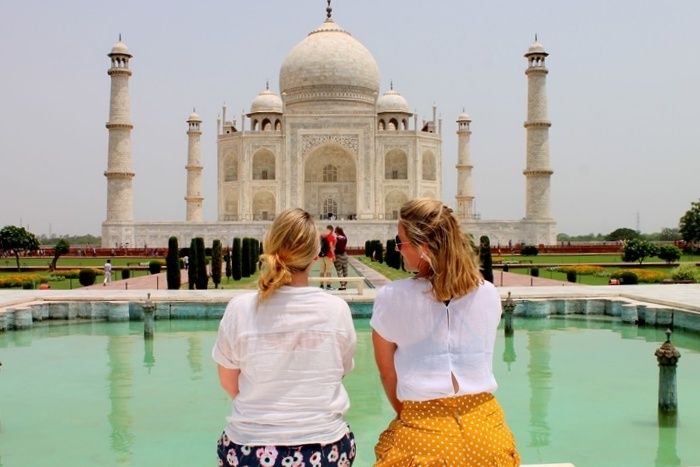
Taj Mahal, India

Great Barrier Reef, Australia

Ruins of Angkor, Cambodia
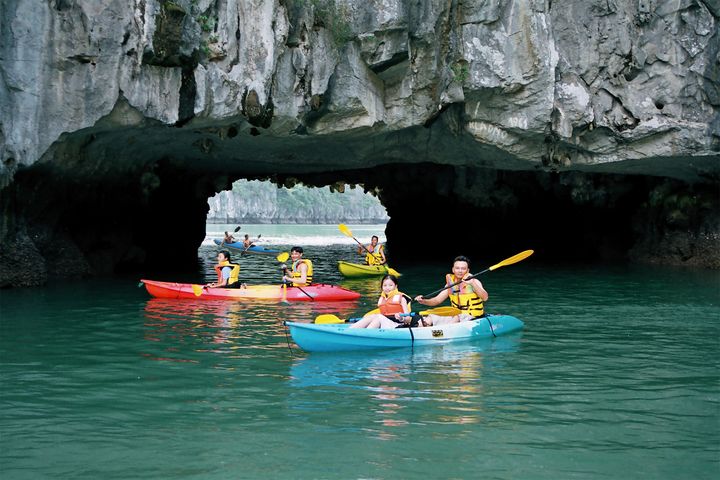
Halong Bay Caves, Vietnam

Great Wall Of China

Ayutthaya, Thailand
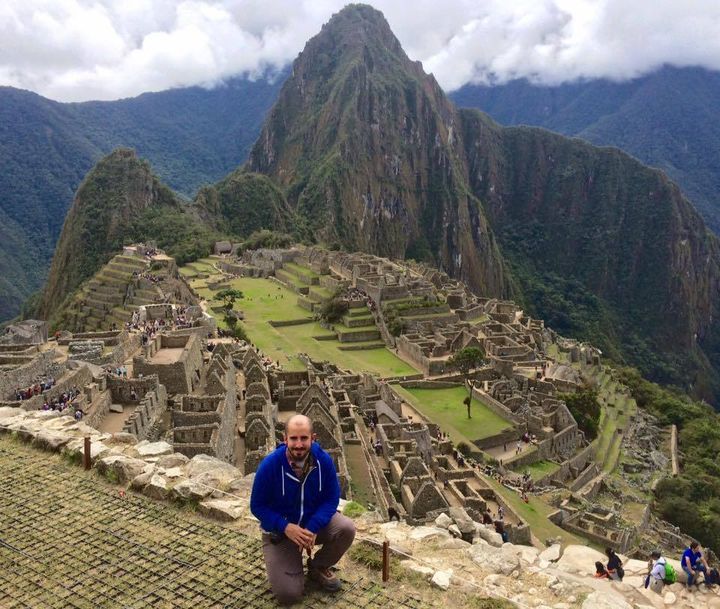
Machu Picchu, Peru
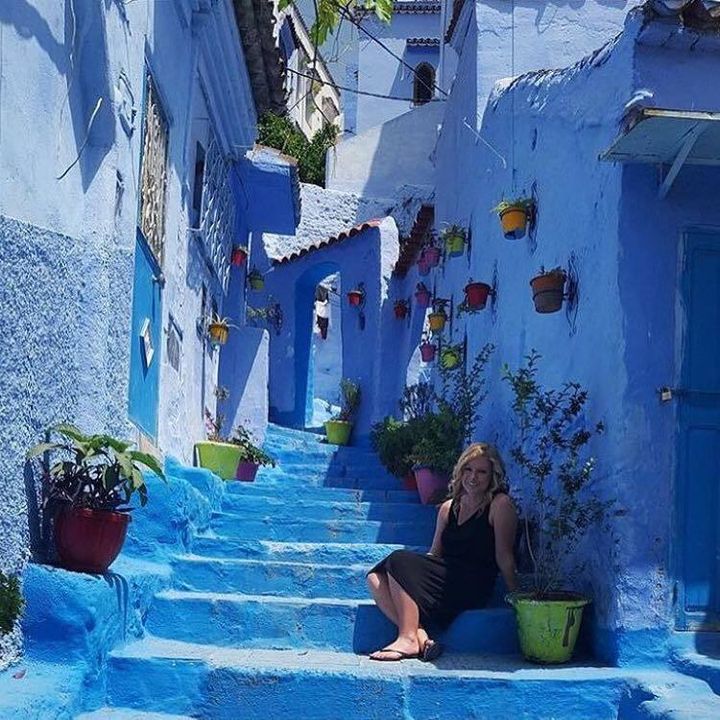
The blue lanes of Chefchaouen, Morocco
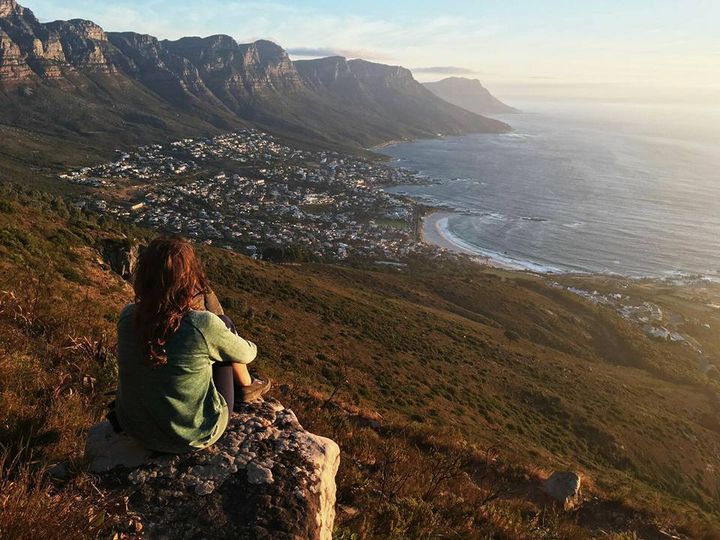
Table Top, South Africa
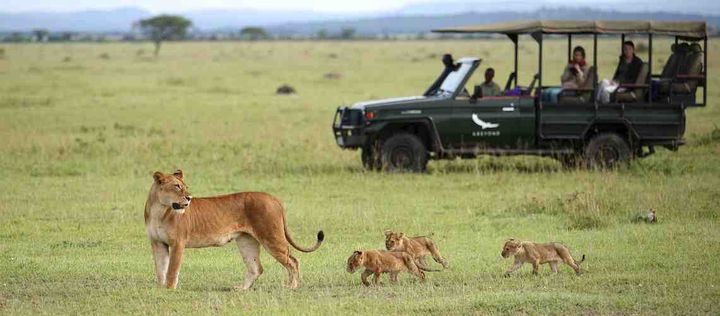
Serengeti National Park, Tanzania
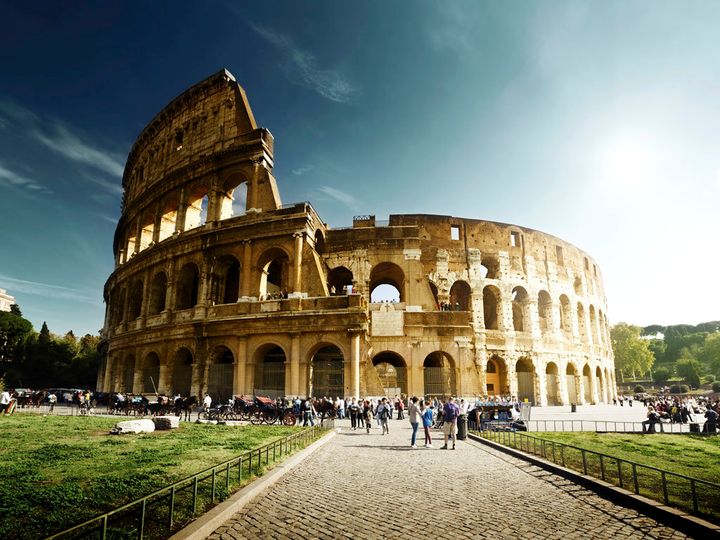
The Colosseum in Rome, Italy
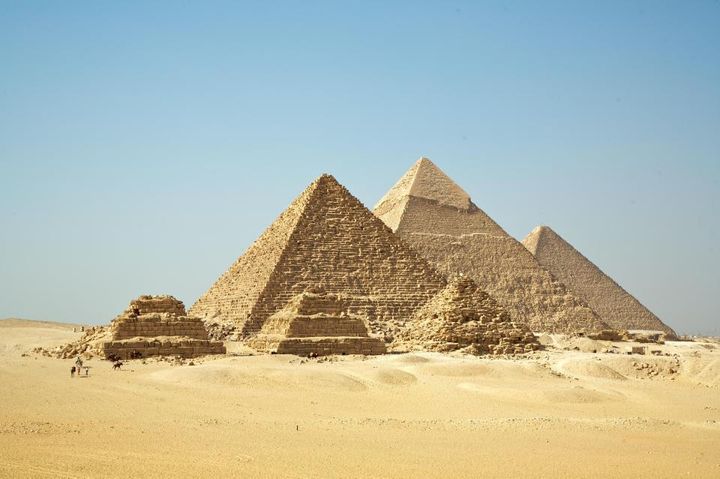
The Pyramids, Egypt
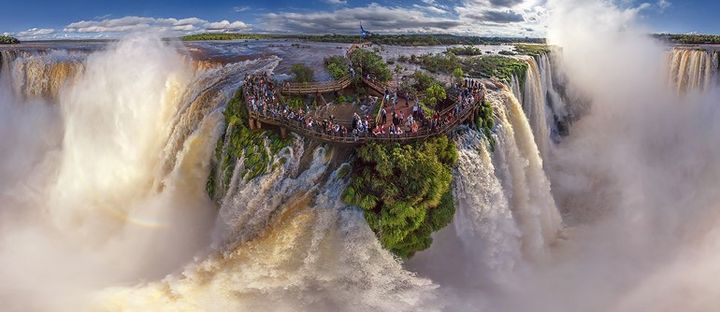
Iguazu falls, bordering Argentina and Brazil
(While it’s impossible to collect and compile the photographs of all 1,052 World Heritage Sites, these are a few among the incredible ones!)
